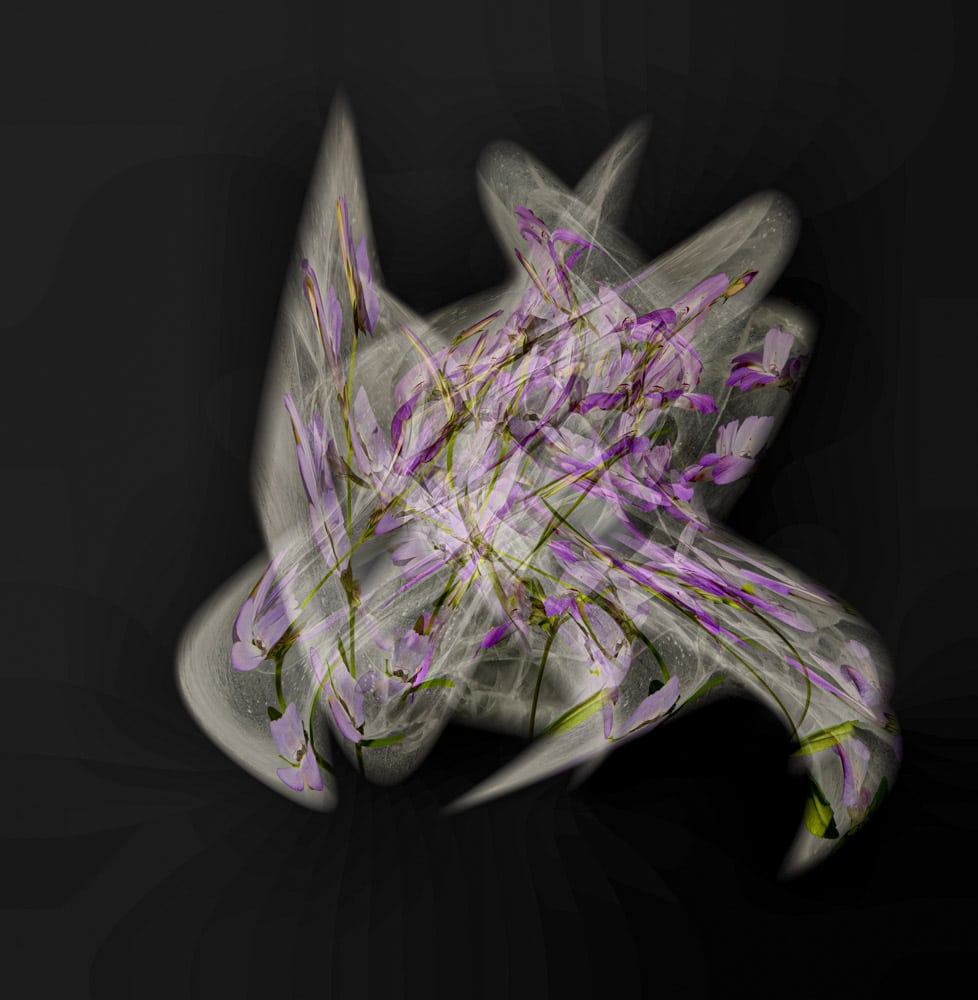This is the second in a series of posts on the Fuji GFX 100. The first one is here. Sadly, neither of these posts are actual tests of the camera, because I don’t have mine yet. These posts are more in the nature of setting things up and having something to occupy myself while I wait for the camera and take a break from programming my dancing flowers.
Today’s topic is related to the camera’s beauty, such as it is. There are a flock of people who think the GFX 100’s looks would stop a train. There are others who think it’s not that bad, in a just-the-facts-ma’am kind of way. There seems to be no one who looks at the camera as a paragon of modern industrial design. The looks of the GFX 100 have garnered a lot of Internet ink, and I’m going to contribute to that.
Sorta.
My attitude towards the camera’s looks is pretty straightforward: I don’t give a rat’s posterior what it looks like. I may be an outlier. Here’s a quote from somebody who cares deeply:
I doubt if there is a single human being <snip> that [sic] does not care about the aesthetics of any camera they buy or use, and I mean any camera, from the 1200 dollar XH-1 to the 10,000 dollar GFX100. I bet there will not be a single GFX 100 buyer that does not care about the aesthetics in some way or another. Not one.
I afraid that person is wrong. There is — or will be soon — at least one GFX 100 purchaser who doesn’t care.
C’est moi.
I’ve owned ugly cameras. Probably the ugliest was the Argus C3, although the Brownie Hawkeye won’t win any beauty contests. The Speed Graphic is totally inelegant. The Sinar monorail view cameras are chunky and brutal in their looks. The Betterlight Super 6K looks like a science project and the Plaubel Makina 67 like a Looney Tunes version of a photographic instrument. I’ve owned them all, and although I consider the C3 and the Sinar F among my least-favorite cameras of all time, that judgement has nothing to do with their looks.
It’s not that I don’t see handsomeness in cameras. Some are exquisite in their elegance and refinement. I’ve owned the Nikon S2 (still have that one), the Leica M8, M9, and M240, and Ebony and Linhof Technika 4x5s. I think all those are attractive. But I don’t care. If I were a camera collector, I’d feel differently. But I’m not. I’m a photographer.*
When I switched from 645ish medium format to 33×44 mm medium format, there were two cameras that I considered: the GFX 50 S and the Hasselblad X1D. The Hassy is gorgeous. The Fuji is, well, unimaginatively utilitarian. The elegant industrial design of the ‘blad did not move my buying needle one little bit. I got the GFX for the direct controls, the excellent service record, and firmware that, when compared to the stories that I heard from X1D users, seemed positively bulletproof. I have never had the least twinge of regret.
I should qualify the above. If there’s something about the camera’s aesthetics that interferes with it’s utility, I’ll pay attention. A too-prominent logo (I’m talking about you, Leica) will get buried under a piece of black gaffer tape or toned down with a sharpie. I’m not going to be in the market for any day-glo chartreuse cameras, either. A piece of chrome that’s a source of distracting reflections will get covered up.
———————–
*Well, maybe not totally exclusively so. Remember that Nikon S2 that I still own? I don’t use it. I bought it used in 1957, and have so many memories tangled up in it that I can’t let it go. And if anyone sees a Nikon SP worn down to the brass in the service of a famous photographer, I might be customer.

[…] Fuji GFX 100 pulchritude, or lack of it – This post talks about the look of the camera and why no one should really care about the look of a camera. I agree with him, but I do want the dials back. I am hopefully Fujifilm will release another GFX with dials soon, because I hate not having them. […]